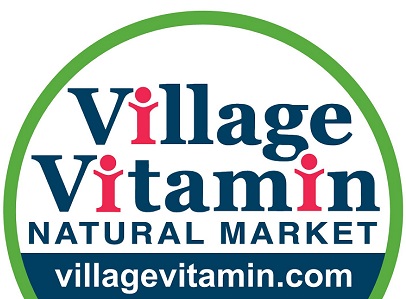Estrogen and progesterone—life’s pretty good when they’re functioning well, but the natural rhythm of their rise and fall each month is easily disrupted by stress, diet, age, blood sugar, and so much more.
Fortunately, herbs and natural approaches ease hormones back into balance. But be patient. Most hormone-balancing herbs work best when taken long term, and requiring approximately four months to build up to begin to show benefits. Compared to pharmaceutical hormones, they’re far gentler. Instead of providing hormones, they generally support whole-body balance to help your body work out its hormonal wobbles.
Herbs for Hormonal Balance
-
Black Cohosh (Actaea racemosa)
Black Cohosh (formerly Cimicifuga racemosa) roots seem to support healthy estrogen levels not by providing estrogen but by improving brain-ovary communication and modulating cell receptors.
Consider black cohosh in perimenopause and for menopausal complaints like hot flashes and night sweats. It’s also used to ease depression and relax uterine spasms and inflammation.
Recent studies have demonstrated impressive effects on polycystic ovarian syndrome (PCOS), uterine fibroids, and fertility—on par or better than medications. Opt for Remifemin (the best-studied extract) or United States organically cultivated roots to avoid liver-toxic adulteration concerns.
-
Phytoestrogens
Phytoestrogens modulate estrogen levels. They tend to bind preferentially to estrogen receptor sites in the body, yet they have much weaker (1 percent or less!) estrogenic effects in the body. This means that if you have excessive estrogen—sometimes referred to as “estrogen dominance”—or are exposed to potentially problematic xenoestrogens from the environment, phytoestrogens might limit the negative estrogenic impact.
Meanwhile, if you’re postmenopausal and are producing almost no estrogen, phytoestrogen helps fill in some of the gaps to reduce bone loss and hot flashes. Food phytoestrogens are likely best here. Try organic fermented soy like miso and tempeh, beans, and legumes, as well as ground flax seeds—which also have fiber and other beneficial constituents for hormone balance.
Herbs including red clover, sage, hops, shatavari, fenugreek, and motherwort have their own individual benefits and even weaker phytoestrogens.
Phytoestrogens tend to reduce the risk of estrogen-dependent cancers, but because there are so many forms and variables, most practitioners err on the side of caution and recommend avoiding them if you have an increased risk of breast, ovarian, and uterine cancer.
-
Vitex (Vitex agnus-castus)
Vitex, also called chaste tree berry, focuses more on progesterone support. Progesterone is produced primarily post-ovulation by the corpus luteum (no ovulation = no progesterone) in the second half of the cycle. PMS, mood swings, breast tenderness, and other unpleasant symptoms that arrive premenstrually (or in perimenopause or if there’s no ovulation mid-cycle) tend to relate to progesterone.
Synthetic and naturally derived progesterone creams supplement progesterone directly, but vitex works more by boosting the brain-ovary communication and production, strengthening and lengthening this cycle phase.
I like to combine it with stress-supportive adaptogens like ashwagandha or schisandra. While vitex is generally beneficial, some women find it worsens depression.
-
White Peony Root (Paeonia lactiflora)
White peony root from traditional Chinese medicine is emerging as an effective and more broadly tolerated herb for progesterone cycle support.
Both black cohosh and white peony also show promise in PCOS, especially when combined with licorice and/or fenugreek as well as blood sugar support measures.
-
Adaptogens
General tonics for reproductive health and mood that may benefit both estrogen and progesterone balance include adaptogens maca and shatavari and the nervous system restorative damiana. Bonus: All three may boost libido and mood while decreasing anxiety too!
-
Bitters and Fiber
Herbal bitters like dandelion leaf, dandelion root, and artichoke leaf as well as broccoli family foods encourage the liver to function better to detoxify, metabolize, and excrete old hormones.
Fiber (whole grains, roots, beans, nuts, seeds) binds to the liver’s waste (bile) for better excretion through the feces. Food forms work best.
Put this together, and you can see how eating a plant-centric diet can, alongside supportive herbs, dramatically improve our hormone cycles and overall well-being over time.

